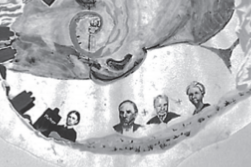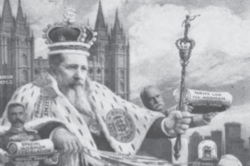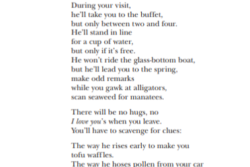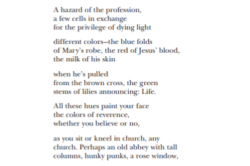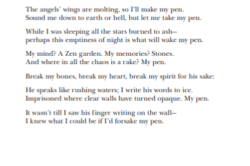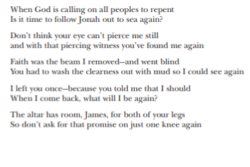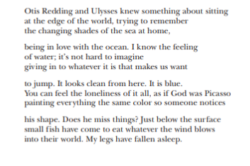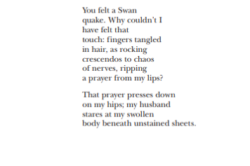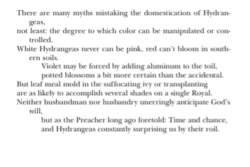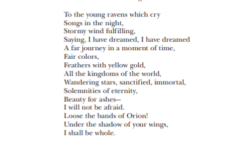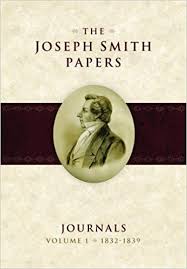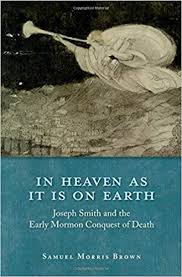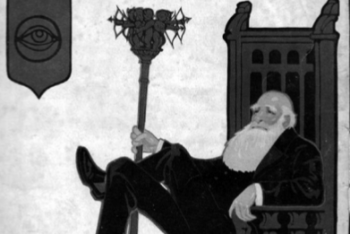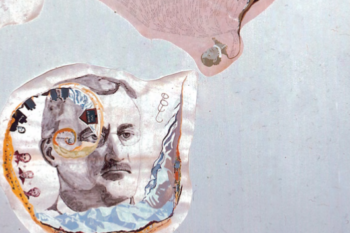“And Now It Is the Mormons”: The Magazine Crusade against the Mormon Church, 1910–1911
Kenneth L. Cannon IIFrom September 1910 through August 1911, in an unusual confluence of focus, four popular national magazines critiqued the Mormon Church and its prophet in a series of articles that Mormon leader and historian B. H. Roberts characterized as the “magazine crusade” against the Church. All of the articles were written by prominent muckraking journalists who sought both to identify church practices that needed to be reformed and to sell magazines by presenting their critiques in a way that would appeal to Progressive America. The articles did, in fact, have at least two long-term effects on the Church: they accelerated the true demise of polygamy in the institutional Church by increasing the resolve of leaders to discipline prominent Church members who had insisted on continuing to encourage, perform, and enter into new plural unions, and they contributed to the Church’s development of effective strategies to defend itself against attack and its appreciation of the importance of competent public relations. The articles also had the shorter-term effect of re-igniting substantial anti-Mormon activity in the United States and Western Europe.
Read more






